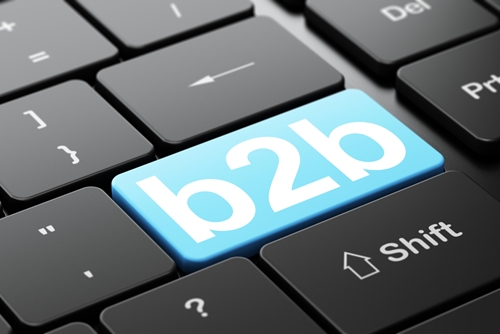What the rise of B2B online sales means for eCommerce operations
With millennials not only accounting for greater portions of the workplace but also increasingly accepting more responsibilities and prominent job titles, business-to-business organizations are making more online purchases.
In fact, one recent report from Epsilon, the 2014 Multichannel Trend Report, found that B2B commerce is growing at a far faster pace than even business-to-consumer online sales. Much of this is likely due to the fact that B2B is still playing catchup, so there is much more room to grow.
Still, in 2014, B2B online sales saw growth of nearly 8 percent, which is a huge leap compared to 2012 and 2013. B2C online sales increased only 2 percent by comparison.
“As your customers spend more and more time on mobile devices and online, it’s not surprising that there’s a notable impact on where they are researching product and making purchases,” said Tim Prunk, senior vice president of Epsilon Data Solutions in the press release. “We’ve seen a steady 1 to 2 percent increase in online spending for the past several consecutive years with steady retail, in-store sales.”
Adjusting for the influx of B2B shoppers
Many retailers serve both B2B and B2C customers. For example, merchants such as Staples sell office supplies that people can buy for classrooms or home offices. However, the retailer also serves B2B customers who may buy huge orders of supplies, such as printer ink and toner for an entire office. With more B2B customers shopping online, it is crucial sellers are able to serve both audiences adequately.
For example, B2B buyers may require different order options. Instead of making one-time purchases, they may want to make reoccurring monthly purchases – going back to the printer example, firms may realize they go through a certain number of reams of paper and ink cartridges every month and want to purchase the necessary amount to replace used supplies. B2B purchases may require specific payment methods as well – perhaps companies want to pay for an invoice via a check instead of putting the purchase on a credit card.
Likewise, the order fulfillment process is different for retailers serving B2B clients. For B2C customers, orders tend to be small and frequent – many merchants see orders come in at every hour of the day. Because B2B enterprises tend to make larger purchases designed to last them for a month or longer, orders are not as frequent. At the same time, they are much larger, so warehouse employees and retailers need to learn how to assemble large orders quickly and effectively. This can present a whole new array of problems for sellers that traditionally only served B2C audiences.
Because B2B orders are so large, serving enterprise buyers can also affect inventory management. Merchants do not want to run low on stock prior to a monthly purchase. Conversely, they do not want to be wiped out of stock after a scheduled purchase either and be unable to serve other customers.
Starting with awareness
With more B2B orders happening online, it is pivotal that merchants understand they need to change their approach to serve these customers. Everything from on-site options to behind-the-scenes operations must be adjusted to ensure B2B customers get their purchases how they want them and when they want them. If merchants cannot do this, they may lose sales to competitors.

